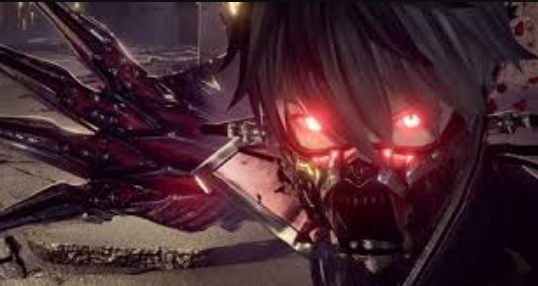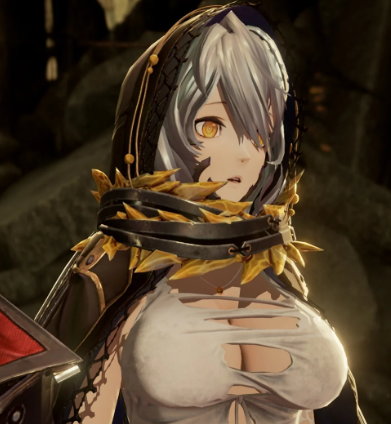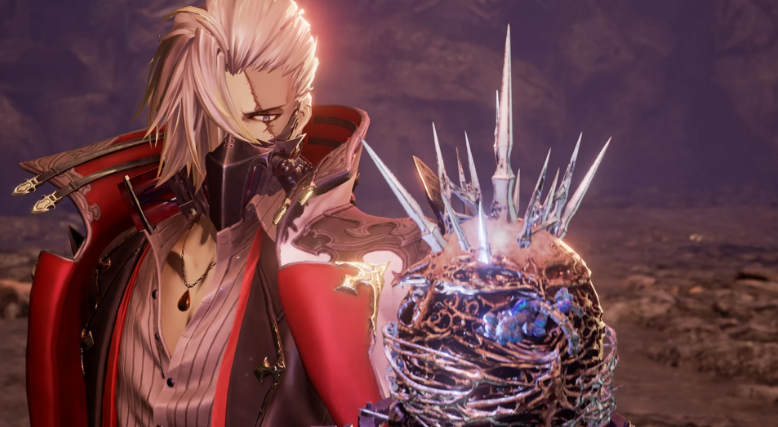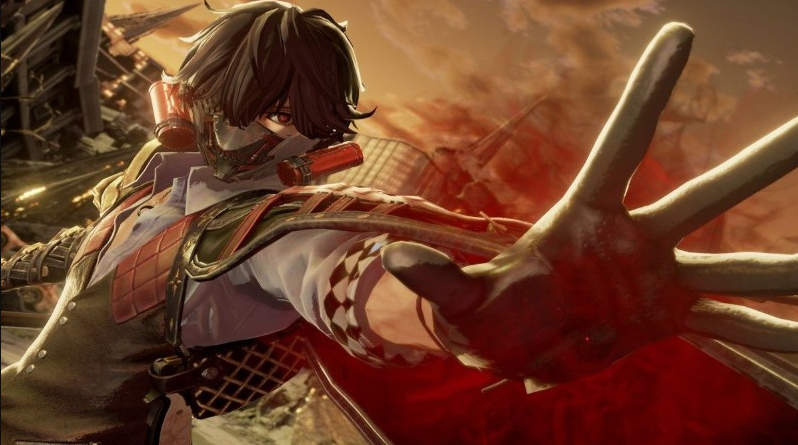Bandai Namco leaves us with the possible access door to the Souls-like

In Code Vein we play characters called 'Reborn', who after being infected by a special parasite gain the gift of immortality, although this does not imply that they cannot die. The greatest danger, then, consists in being converted into what is known as the Lost, some reborn who have fallen surrendered to the thirst for blood - the food that keeps the Reborn sane - and who no longer have knowledge of their identity or control over their Actions.
Thus, before making the leap into this dystopian world, we have the obligation to create our own Reborn, a section in which Code Vein shines prominently. Thus, players will find everything that calms their tastes: many hairstyles, skins, eyes, scars, face paints, basic clothes and more. Above all, the ability offered to make our 'Tokyo Ghoul' delights stands out, an anime that many will remember a certain part of the Code Vein aesthetic. And it is that, in the same essence, we can, for example, individually modify each of the eyes of our character, thus giving shape to an attractive hero or heroine, or, conversely, having a main character who provokes anything but good feelings .


A gateway to the Souls-like universe
If there is something that defines the Souls-like phenomenon, that is undoubtedly the great difficulty that accompanies all the games that have drank from this concept so far - some great examples are the Dark Souls themselves, although also others such as Nioh or The Surge -. In this sense, it is easy to conclude that Code Vein is quite possibly the most accessible title of all these, and that is something that can have consequences as positive as negative.
On the positive side, logically with Code Vein we find that many non-Souls-like players can find here a very valuable first option to enter the genre. This is especially due to the continuous presence of a CPU that helps us in combat and can even revive us after perishing. As regulars of this style of play will know, the greatest difficulty usually consists of dodging the powerful attacks of the enemies and, at the same time, having to find the hole to do damage
In Code Vein, having a companion of difficult execution -they have a lot of vitality-, one of the following two cases will always occur: either we entertain the enemy to attack the CPU -we get to eliminate a boss practically doing only this- Or we attack the enemy when the CPU entertains him. Fortunately, those who want to will be able to face the adventure completely on their own, abandoning the NPCs at the base - although losing what is a new component to the genre.


¿Are there big complexities then in Code Vein?
A point of the game that can also end up being a considerable challenge is found in its maps. Even though Code Vein's action zones start relatively easily, it won't be long before we get to locations packed with forks and multiple levels that will require us to stay tuned. In fact, at some moments we will be forced to use the 'Chemical Light' object to mark points that we have already visited, because otherwise we may find ourselves constantly turning until we find the unexplored ledge or the unused staircase. This is because within their differences, the same Code Vein map is very similar in all its parts, which makes the labyrinth effect as fascinating as it is frustrating.
As the last 'spicy' that challenge lovers can find in Code Vein, we must highlight the 'Depths'. These additional areas of the game can be found by exploring some remote places of the main maps, and will allow us to enable new locations as 'dungeons' that we can visit to obtain new and interesting weapons as well as vestiges only belonging to these maps. The vestiges, we will clarify, are the different parts that make up each Blood Code, which ultimately is a composition of memories belonging to an NPC - these vestiges allow us not only to unlock Blood Codes but also gain access individually to the Gifts. Therefore, we have enough reasons to have these maps as a goal to value in the game.


In conclusion Code Vein, in general, manages to become an interesting bet in the concept of Souls-like. This is because, as we have noted, it represents a great option for inexperienced players, but perhaps those with work experiences such as Bloodborne or Sekiro may see their challenge as insufficient. Likewise, Bandai Namco manages to put aside most of the performance problems, although it is undeniable that sometimes frame rate drops or difficulties in loading textures occur. In any case, the occasions in which this happens are not too many and, in addition, it occurs in areas that do not impact our gameplay.
Therefore, we encourage those who are 'afraid' to try their luck with Souls-like to enjoy Code Vein, because we have enough tools -including a multiplayer support- to face the challenge without having to suffer in the same way that with games like the mentioned Dark Souls. Likewise, for the experienced it can also be an interesting work, especially if we value the possibility of not having NPC to accompany us, the design of its maps and all the available game styles.